
Pulitzer Prizes and protest rallies are just some of the things that shaped the journey of Gwendolyn Brooks, one of America’s most fearless poetic voices. Each chapter of her life reveals how she turned everyday Black experiences into unforgettable art. Her written and spoken resilience is not only etched in her poetry but also in history.
Grew Up In Chicago’s South Side
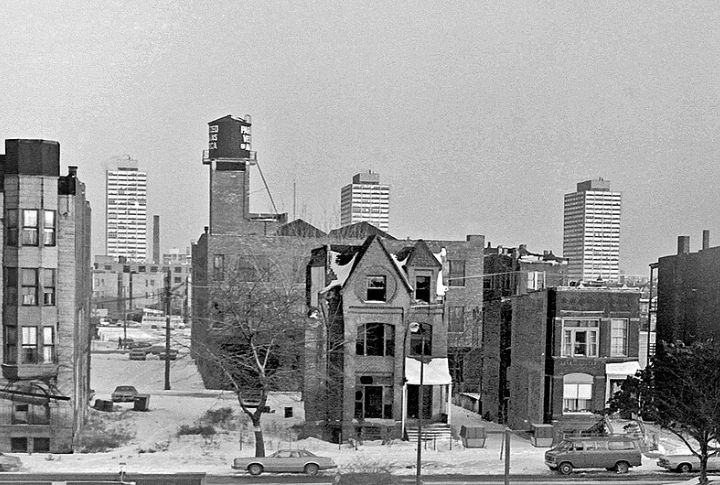
Born June 7, 1917, Gwendolyn Brooks moved from Topeka to Chicago before her first birthday. Art ran deep in her family. In fact, her father even gave up a medical career to support her mother’s musical and literary ambitions. Chicago’s South Side further shaped her thoughts and her perspectives.
Published Her First Poem At Thirteen

At just 13, Brooks saw her poem in American Childhood magazine. It was a significant achievement for a teenager to be stepping into literary circles. With encouragement from Langston Hughes and a steady stream of library visits, she kept writing. Her early poems already carried rhythm and clarity that most didn’t expect from a pre-teen.
Debut Collection Made Waves In 1945
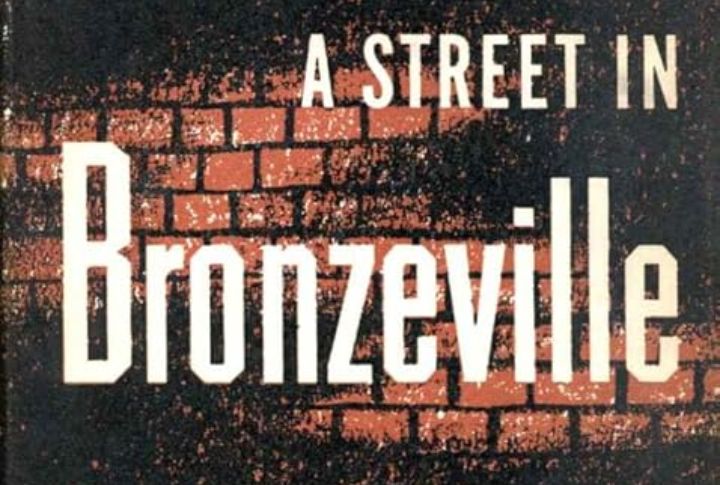
“A Street in Bronzeville” (1945) didn’t just mark her debut—it blew the literary doors open. She painted raw, poetic portraits of Black urban life during WWII. Critics called it “startlingly real.” For anyone seeking to understand mid-century Black Chicago, this book would be a great starting point.
Won A Pulitzer With A Coming-Of-Age Twist
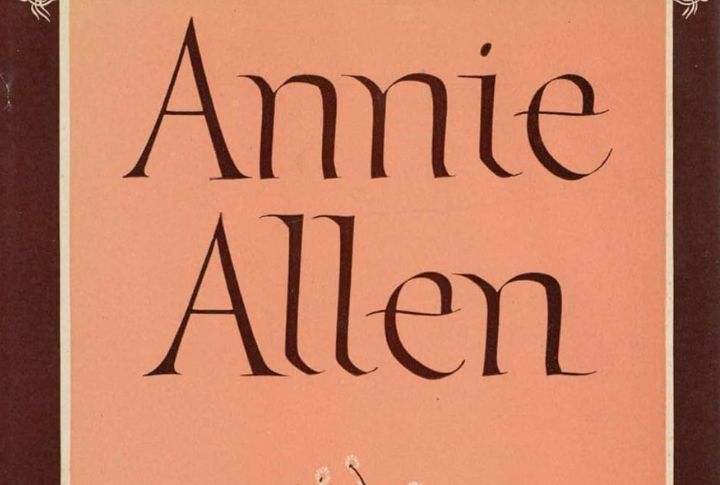
In 1950, she became the first black writer to receive the Pulitzer Prize. Receiving this honor for “Annie Allen” was not only a win but a revolution. This is because she wrote about a young Black girl growing up, a subject rarely explored in poetry at the time. That changed everything.
Mixed Modernism With Black Street Talk
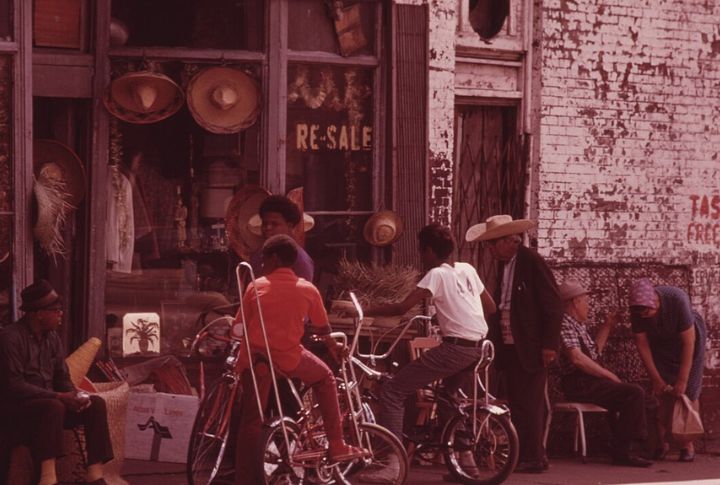
Modernist structure met South Side slang in her work. It was a novel and potentially controversial concept, but it clicked. Brooks made the different forms of poetry her playground, ranging from sonnets and ballads to free verse. But the language? Straight from neighborhood porches and playgrounds.
Took A Bold Turn In The 1960s
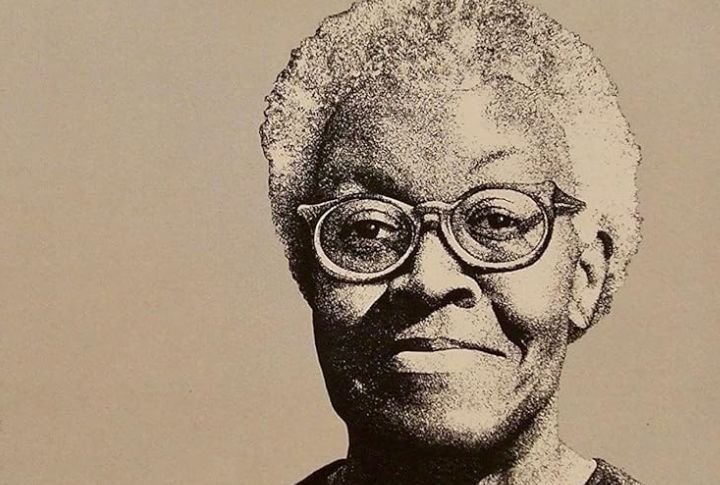
By the late ’60s, Brooks was roaring with success and critical acclaim. However, after attending a Black writers’ conference at Fisk University in 1967, she shifted gears. Out went the subtle metaphors, and in came sharper edges. She stood with the Black Arts Movement and never looked back.
Held The Laureate Title For Three Decades

Gwendolyn Brooks was appointed Illinois’ Poet Laureate in 1968 and held the title for an incredible 32 years. That’s not just tenure; it’s legacy. When the Library of Congress named her U.S. Poet Laureate in 1985, her impact on American poetry became nationally recognized.
Wrote Late Into Her Legacy Years

You think most writers slow down with age? Not Brooks. She released “Blacks” in 1987, a hefty volume compiling decades of her work and vision. She kept mentoring, hosting workshops, and spotlighting young talent. Her pen may have aged, but it never dulled.
Balanced Poetry And Parenthood

Behind the awards, she was a mother and wife. Married to Henry Blakely, she raised her daughter, Nora, without sidelining her craft. Nora later became her literary executor. Brooks was already from a family of artists, and her daughter succeeded in carrying forward that tradition, like passing down heirloom jewelry!
Carved Out A Voice All Her Own
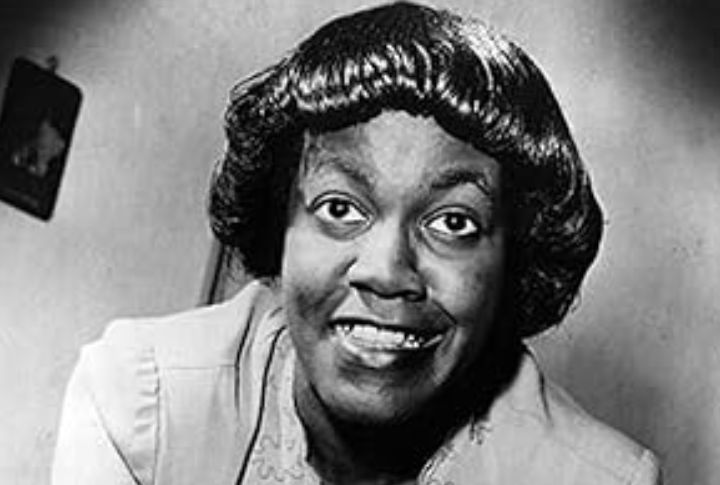
Distinct is an understatement. While Hughes brought jazz and Whitman brought grandiosity, Brooks brought the truth. Her poetry focused on Black girls, struggling mothers, janitors, dreamers, and people that other poets often overlooked. She didn’t echo her peers. She confronted the world, one razor-sharp line at a time.

